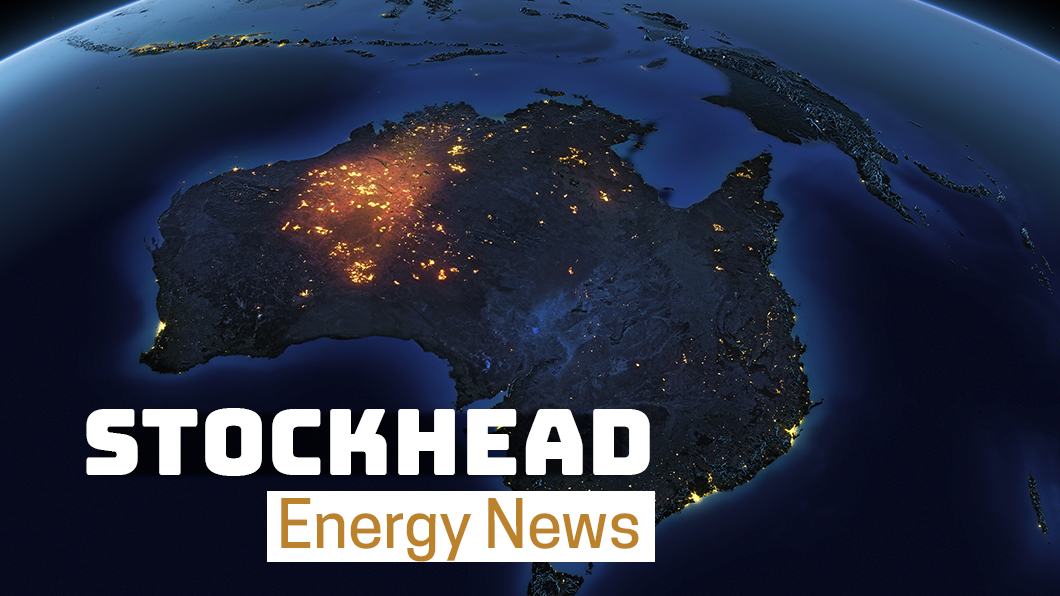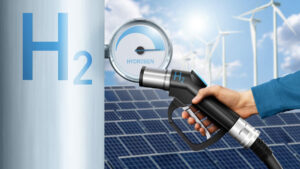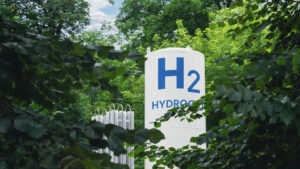Batteries that harness waste and salt waters to generate electricity are a thing now

Pic: Matthias Kulka / The Image Bank via Getty Images
A new type of battery that generates power from mixing salt and ‘fresh’ treated wastewaters could make coastal wastewater treatment plants energy-independent.
This is important because wastewater treatment uses a lot of power. In the US, it accounts for about three per cent of the total electrical load.
The affordable, durable battery was developed by Stanford Uni researchers to harness so-called blue energy — where salty ocean water and freshwater mingle.
But it’s not exactly energy dense at this stage.
Every cubic metre of freshwater that mixes with seawater theoretically produces about .65 kilowatt-hours of energy – enough to power the average US house for about 30 minutes, the researchers say.
Globally, the theoretically recoverable energy from coastal wastewater treatment plants is about 18 gigawatts – enough to power more than 1700 homes for a year.
But if scaled up, the tech could provide adequate voltage and current for any coastal treatment plant, making them energy independent. Surplus power production could even be diverted to a nearby industrial operations, like desalination plants.
- Subscribe to our daily newsletter
- Join our small cap Facebook group
- Follow us on Facebook or Twitter
“It is a scientifically elegant solution to a complex problem,” study coauthor Kristian Dubrawski says.
“It needs to be tested at scale, and it doesn’t address the challenge of tapping blue energy at the global scale – rivers running into the ocean – but it is a good starting point that could spur these advances.”
To assess the battery’s potential in municipal wastewater plants, the researchers are working on a scaled version to see how the system functions with multiple batteries working simultaneously.
In Australia, companies are using different approaches to tap into the energy provided by wastewater treatment.
In South Australia, 1414 Degrees’ (ASX:14D) GAS-TESS tech is storing biogas as thermal energy to produce heat and electricity on demand.

It has been returning heat energy in the form of hot water to the Glenelg wastewater treatment plant since May 25. And now SA Power Networks (SAPN) has officially recognised the GAS-TESS as an embedded generator, allowing it to connect into grid and earn revenue.
In May, Hazer Group (SX:HZR) announced plans to develop a 100-tonne-per-annum, low-emission hydrogen production facility at the Woodman Point wastewater treatment plant in Western Australia.
Hazer wants to use Woodman Point’s biogas (waste gas) to produce both hydrogen and graphite.
It’s a win all around. Hazer proves that the technology works, reduces emissions, increases the value of waste-to-resource recovery, and provides a valuable local source of renewable hydrogen as a transport fuel, industrial feedstock or source of renewable energy.
UNLOCK INSIGHTS
Discover the untold stories of emerging ASX stocks.
Daily news and expert analysis, it's free to subscribe.
By proceeding, you confirm you understand that we handle personal information in accordance with our Privacy Policy.








